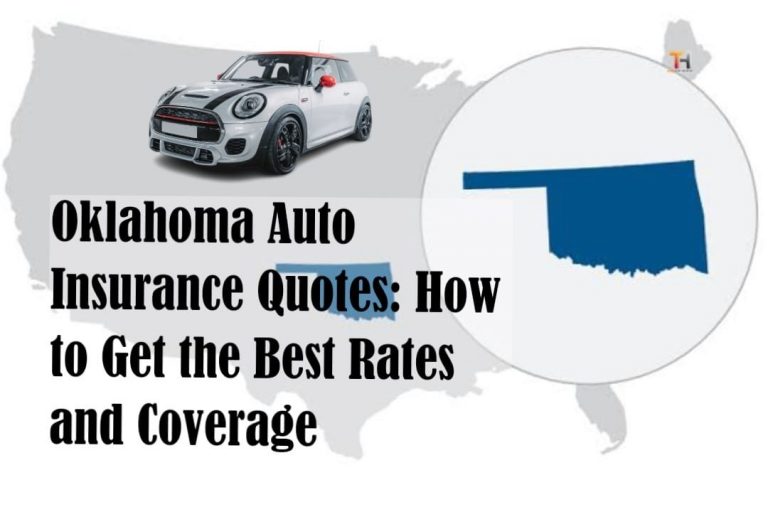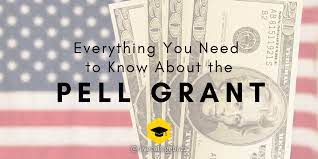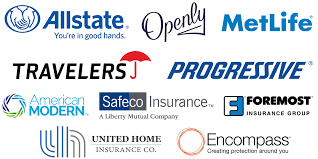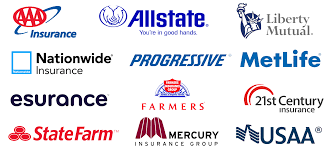Compare Vehicle Insurance – See the best here
Compare Vehicle Insurance: Choosing the right car insurance is an important decision that can save money and provide essential protection in an accident or other incident. With so many insurance companies and policies, finding the best coverage at the most affordable price can be challenging. This article will provide an in-depth guide to comparing vehicle insurance policies to make an informed decision and find the best coverage for your needs and budget.School News Portal
We’ll start by outlining the key factors to consider when selecting an auto insurance policy. This includes the types and amounts of coverage, deductibles, discounts and extras, company reputation and customer service. We’ll then provide tips on how to get quotes from multiple providers so you can thoroughly compare costs and features. The article will also discuss avoiding common pitfalls like only looking at the cheapest premiums and not reading the fine print.
With the right information and preparation, you’ll be equipped to find an excellent auto insurance policy that provides robust protection without breaking the bank. Let’s dive into comparing vehicle insurance plans so you can make the optimal choice.
Read Also: Top 10 Most Popular Offshore Accident Lawyers in the USA
Types of Coverage
The first step in comparing auto insurance policies is understanding the core types of coverage. These include:
- Liability coverage: This pays for damage you cause to others in an accident you’re responsible for. It covers bodily injury liability and property damage liability. State minimums often start at $25,000 per person $50,000 per accident for bodily injury, and $10,000 for property damage. However, experts recommend at least $100,000 bodily injury coverage per person and $300,000 per accident. Higher limits are wise if you have significant assets.Compare Vehicle Insurance
- Collision coverage: This pays to repair or replace your vehicle if you’re in an accident, regardless of fault. It covers damage from colliding with an object like a tree or pole.
- Comprehensive coverage: This covers non-collision damage, including theft, vandalism, fire, flood, hail, animal strikes and more.
- Uninsured/underinsured motorist coverage: This pays for injuries to you and your passengers if you’re hit by a driver with no or insufficient insurance.
- Personal injury protection (PIP): This pays you and your passengers for medical bills after an accident, regardless of fault. It may also cover lost wages and other expenses.
- Medical payments (MedPay): This supplement pays for injuries to you or passengers from an accident, regardless of who caused it. It can help cover gaps in health insurance.
Read Also: Top 10 Most Popular Offshore Accident Lawyers in the USA
Amounts of Coverage
In addition to the types of protection, you’ll want to look at the dollar amounts and limits for each coverage in the policy. Ensure the liability coverage meets your state’s minimum requirements and that the UM/UIM matches your liability limits. PIP and MedPay often have standard limits like $10,000, but you may be able to increase them. Also, look at the deductibles you pay out-of-pocket before coverage kicks in. Higher deductibles lead to lower premiums.
Discounts and Extras
Next, look into the various discounts each insurer offers so you can maximize cost savings. Common auto insurance discounts include:
- Good driver discount: For a clean driving record free of accidents, tickets and claims. It can be up to 30%.
- Good student discount: If you or your teen maintains a B average, usually at least 25% savings.
- Multi-policy discount: Bundling auto with home or renters policies saves up to 15%.
- Safety feature discounts: For airbags, anti-lock brakes, anti-theft devices and more.
- Low mileage discount: Drive fewer than a set limit per year, like 5,000 or 7,500 miles.
- Defensive driver discount: For completing an approved safe driving course.
- Auto-pay discount: For setting up recurring automatic premium payments.
Look for an insurer that offers multiple discounts you can take advantage of. Also, consider extra features like roadside assistance, rental reimbursement and rideshare coverage.
Read Also: UIUC Academic Calendar 2022-2023
Reputation and Customer Service
An insurance company can have great rates, but if they have terrible customer service and a history of denying claims, they aren’t worth your business. Research insurers’ reputations through resources like the Better Business Bureau, Yelp, Google reviews and your state insurance commissioner’s complaint ratio data. Look for providers known for fair claims handling and satisfied customers.
Also consider the insurer’s customer service ratings and availability. Do they have local agents you can meet with in person if needed? Is their customer support line available 24/7 if you have to file a claim after hours? The company’s reputation and service should factor into your decision.
Read Also: TAMU ETAM Requirements
Getting Quote Comparisons
It’s time to get quotes to compare pricing and coverage options. Here are tips for an effective quote comparison process:
- Get quotes from at least 5-10 different national and local insurance providers for an extensive cost comparison. Compare quotes from brokers like Policygenius and insurers like Geico, Progressive, State Farm and Allstate.
- Compare quotes for the exact coverage amounts, deductibles and limits to compare apples to apples accurately.
- Provide the same driver, vehicle and policy details like driving records, VIN, address, age, marital status and more for precise pricing.
- Ask about discounts upfront and factor them into the final price quote whenever possible.
- Don’t just compare premiums alone – look at the inclusions, exclusions, coverage details and company reputation.
- Check quotes regularly, as new discounts or factors can change pricing.
Avoiding Pitfalls
When reviewing and comparing quotes, be sure to avoid these common mistakes:
- Only looking at the cheapest premiums without verifying coverage details. Cheapest doesn’t mean the best value.
- Neglecting to read the fine print and exclusions. Know precisely what is and isn’t covered.
- Not checking companies’ financial strength. Verify they are stable and reliable.
- Overlooking lesser-known regional and local insurers. They may offer competitive pricing.
- Assuming higher-priced policies mean better coverage. Check the limits and inclusions.
- Shopping quotes infrequently. Re-check pricing regularly, as new discounts may apply over time.
Take your time and carefully evaluate all aspects of each policy. Sacrificing coverage to save a little money can cost you dearly.
Read Also: TAMU Industrial Distribution Transfer Requirements
Conclusion
Finding the ideal car insurance policy involves more than just picking the lowest sticker price. You need sufficient coverage with reasonable deductibles and limits, a provider with excellent financial strength and customer service, and cost-saving discounts. Comparing multiple quotes while evaluating inclusions, exclusions, company reputation, and pricing is key to identifying the best overall value tailored to your situation.
With the tips provided throughout this guide, you can effectively compare policies from top providers. Researching and contrasting coverage options thoroughly will pay off with long-term savings and peace of mind that you have excellent protection. Smart consumers check around regularly and leverage discounts to optimize their auto insurance selection. Now, compare quotes to find the perfect policy for you!



